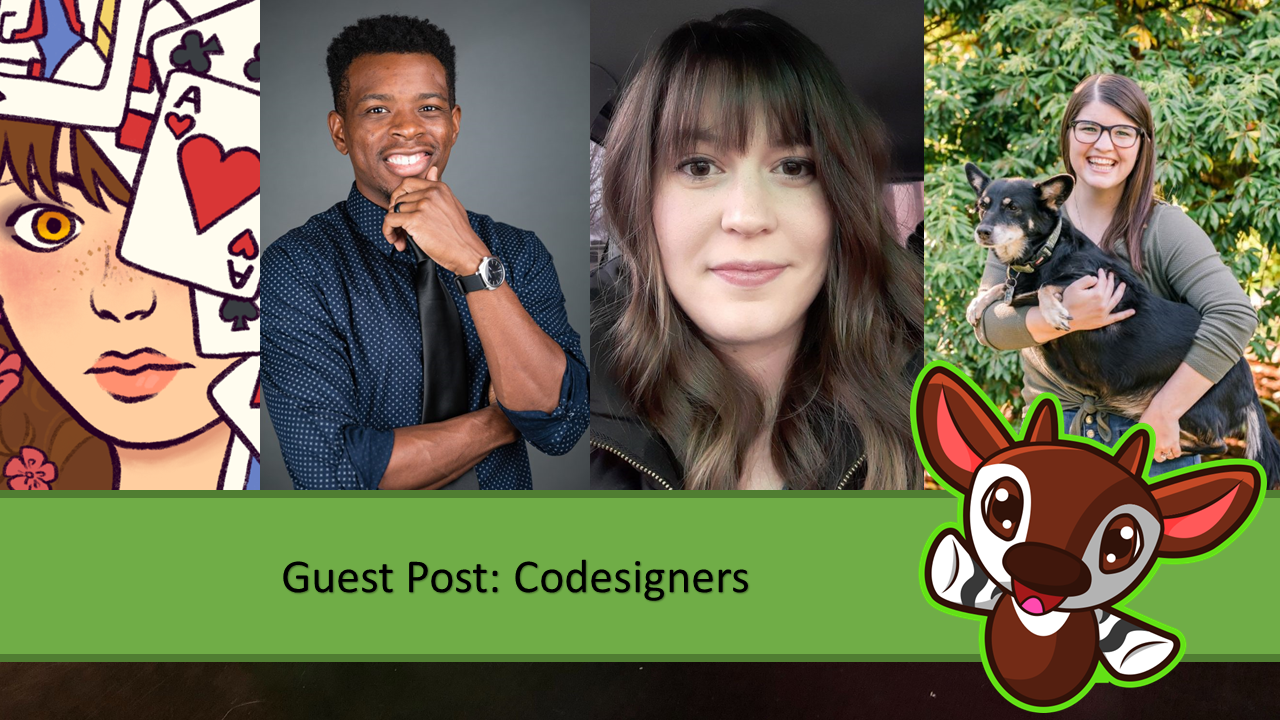
Working with and finding a great codesigner isn’t easy, but here are a ton of tips on how to do it from some amazing designers!
Do you have any tips on finding and working with codesigners?
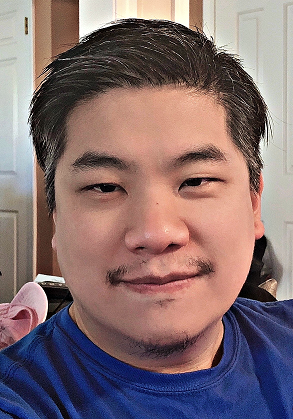
“Their ideas are just as valuable as yours. Not every one of your ideas is a sacred cow.” – Nicholas Yu, @yutingxiang
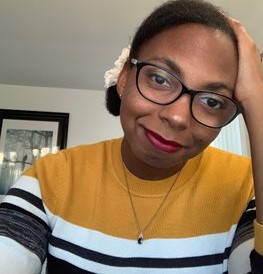
“Having just taken on a co-design for the first time myself, I’d say a big part of this is getting to know other designers and keeping up with them regularly. As you both share what you’re working on, what your interests are, recent ideas, etc. eventually you or they might propose working together on a design that’s of interest to both of you, and that’s where the magic begins!
Make sure to set expectations early on when it comes to responsibilities and pacing, as well as decide if you’ll be self-publishing or pitching the game to publishers if that’s an avenue you’ll eventually want to go down. It’s also helpful to have a shared document for brainstorming, to do items, etc., as well as a shared folder to put those documents and related items into.” – Raven McKenzie, @_RavenMcKenzie

“Find people that you enjoy working with. I don’t think I’d work with anyone if I didn’t think I’d have a good time. Board games are supposed to be fun and so should the design process!” – David J. Bruglia, @DavidBruglia
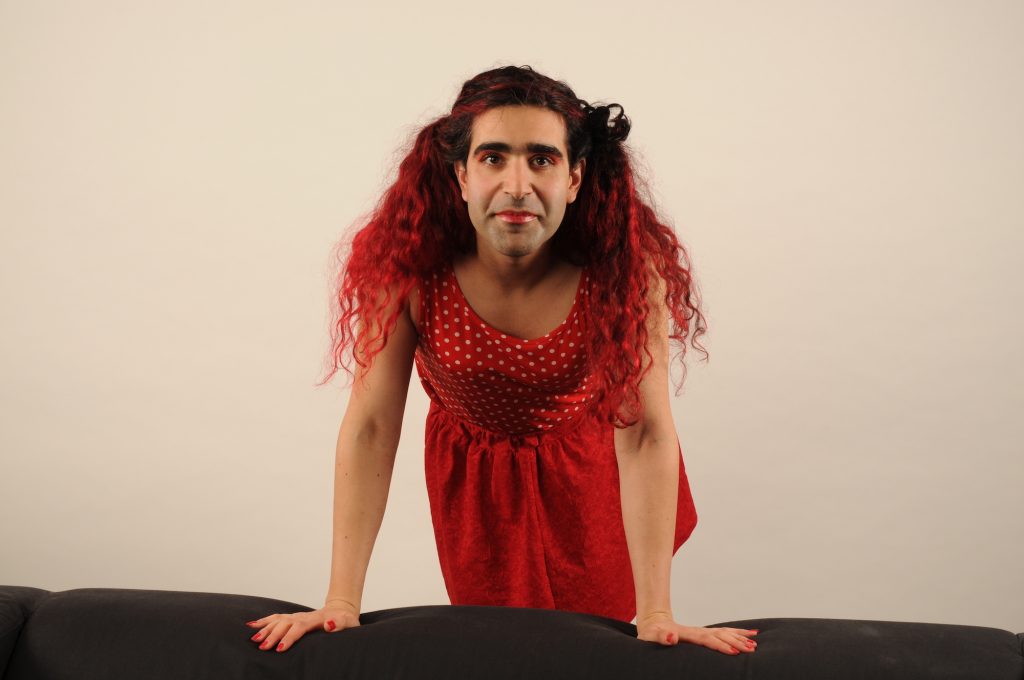
“Have a goal in mind. It’s easier to get started with someone if you spend time first working out if your desires align – both in terms of finding a suitable project to work on and in terms of your hopes/aims for that project.
Importantly, after spending some time working together, be open to the idea of ‘splitting up’ if the project, the desires, working style, or your life situations aren’t aligned just now.” – Bez, @stuffbybez
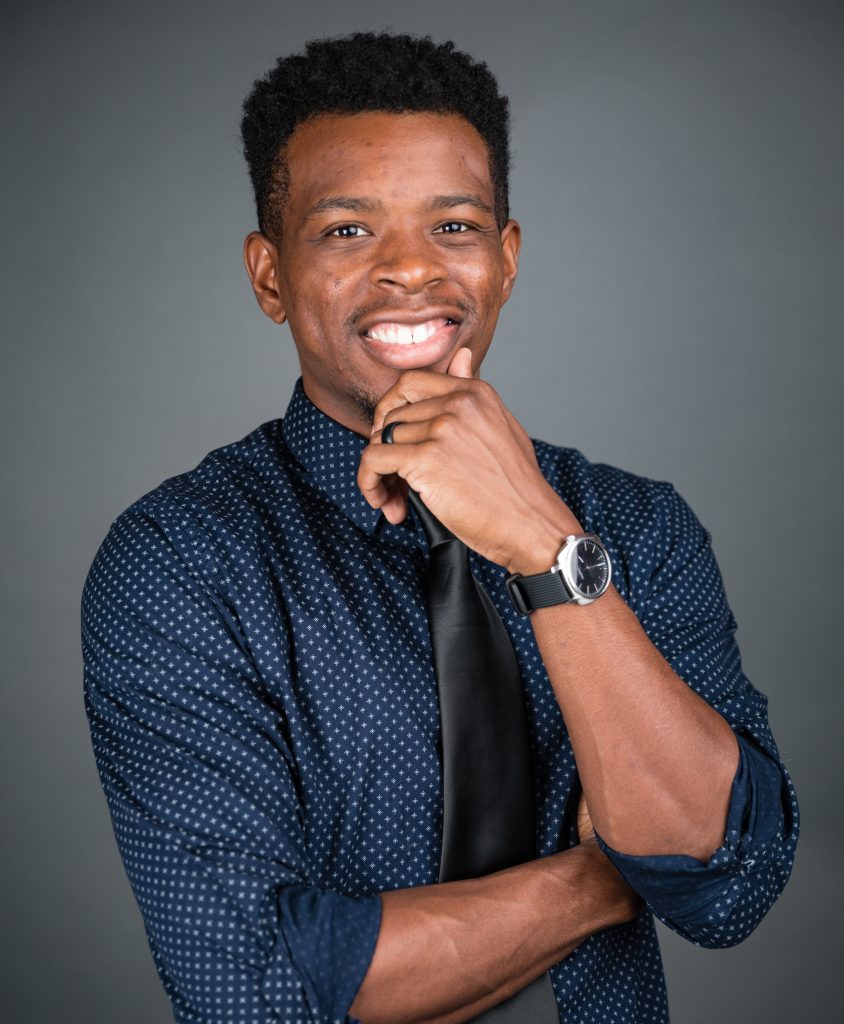
“One thing that’s important when pursuing a codesign is to know the other designer’s work style and personality in general. Codesigns are not easier just because there’s another brain involved. You’ll have to collaborate and compromise, and that requires humility, respect, and friendship. Also, make sure that the game is something you’re both passionate about.” – Jadyne (Jay) Bell, @thejaybell
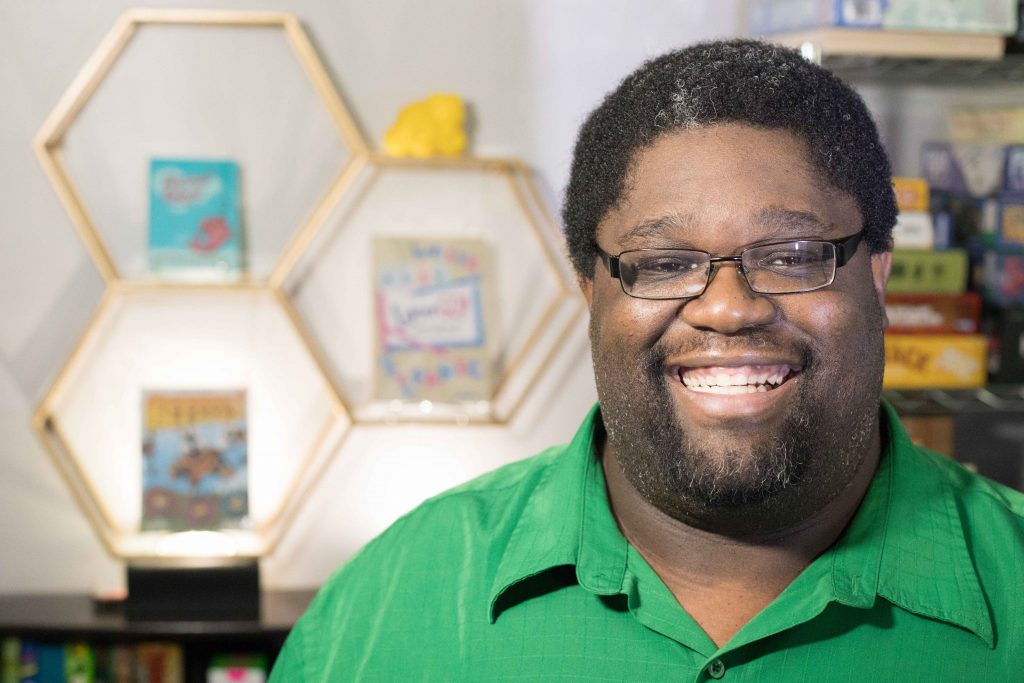
“Sounds cheesy, but I look for compatibility of spirit. Ideally you want someone with different skills that complement your own, but importantly they have to have the same values, goals and sense of urgency.
It’s not just splitting the work and sharing the credit, it’s bouncing ideas off one another and exploring where the design leads you. You need someone you can have a difference of opinion with and work through it to resolution.” – Marcus Ross, @waterbeargames

“Find a friend who you get along with first and foremost. You will be working with this person for a long time so make sure you can actually work well together and compromise. Make sure in the beginning your design goals for a game is on the same page or else it lead to frustration and possible fallout.” – Tony Tran, @tonymakesgames
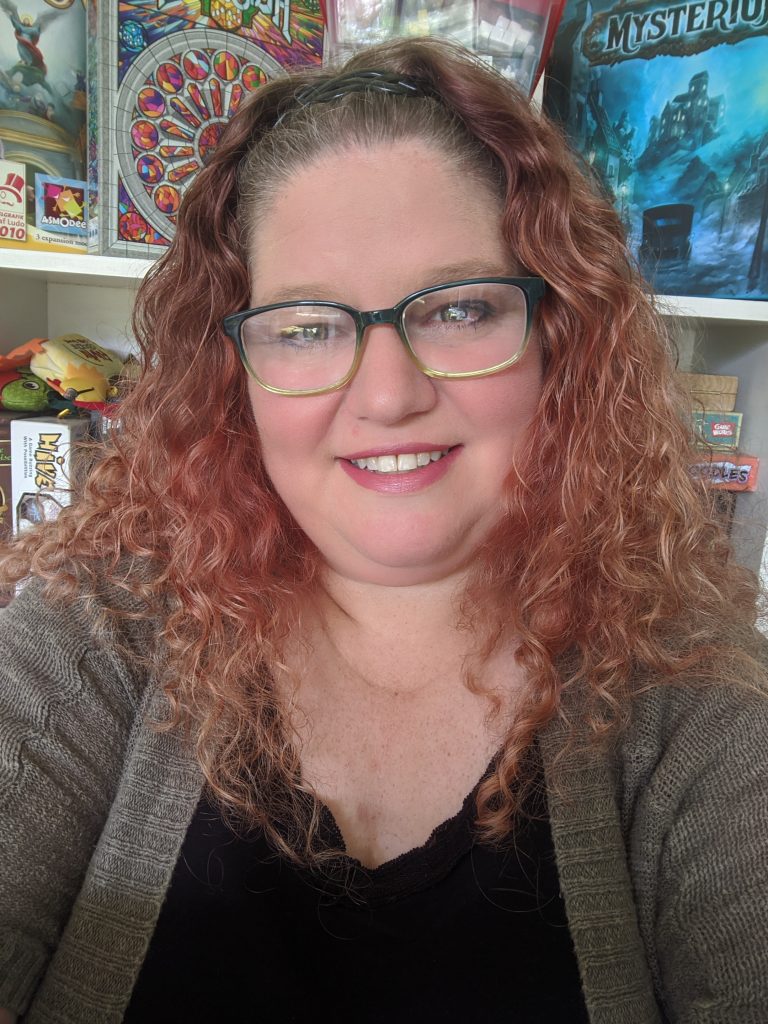
“While I haven’t had the opportunity to work with a codesigner, I’d say the best way to connect with other designers who might be a fit for you is to participate in design groups. Whether those are online playtest groups, organizations that run events like Unpub (Nonepub) or Protospiel, game design Facebook groups, or other community-based organizations, getting involved in those is the best way to become part of the community.
We have Game Artisans of New Zealand here, and it’s a marvelous and supportive group of creators at all levels, from unpublished to hugely successful. There’s also the Tabletop Mentorship Program in which you can learn a lot from your mentor/mentee relationship but also connects you to a great community of designers and creators. If a board game design podcast you listen to has a Discord or Facebook group, join it, and contribute to the conversation. I’ve seen other designers connect with each other through these various avenues and build successful codesign relationships.” – Kirsten Lunde, @lookingglassws
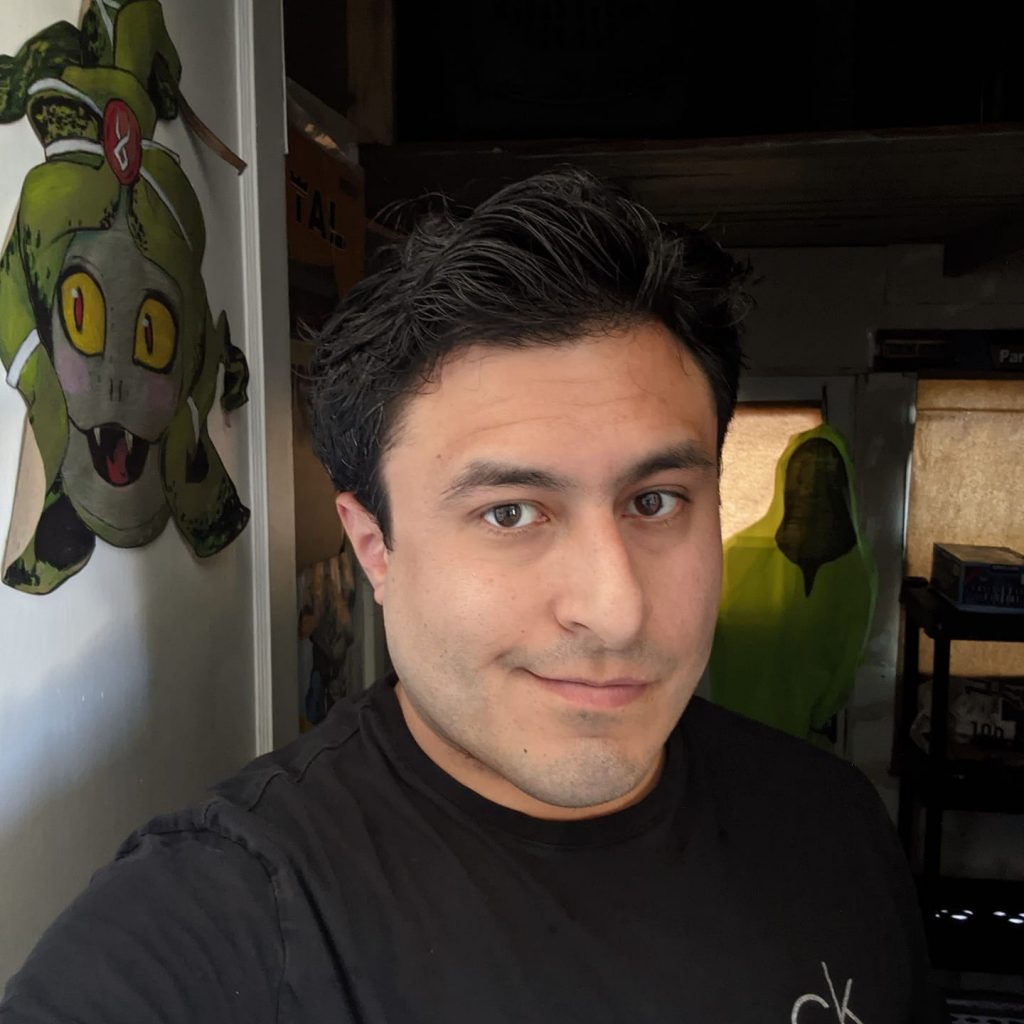
“Do events with your peers! Discord game nights and just general gaming is a good way to break the ice. Then you might find someone you jam with from that community. Let it flow. Be present.” – Chris Solis, @CGCFOX
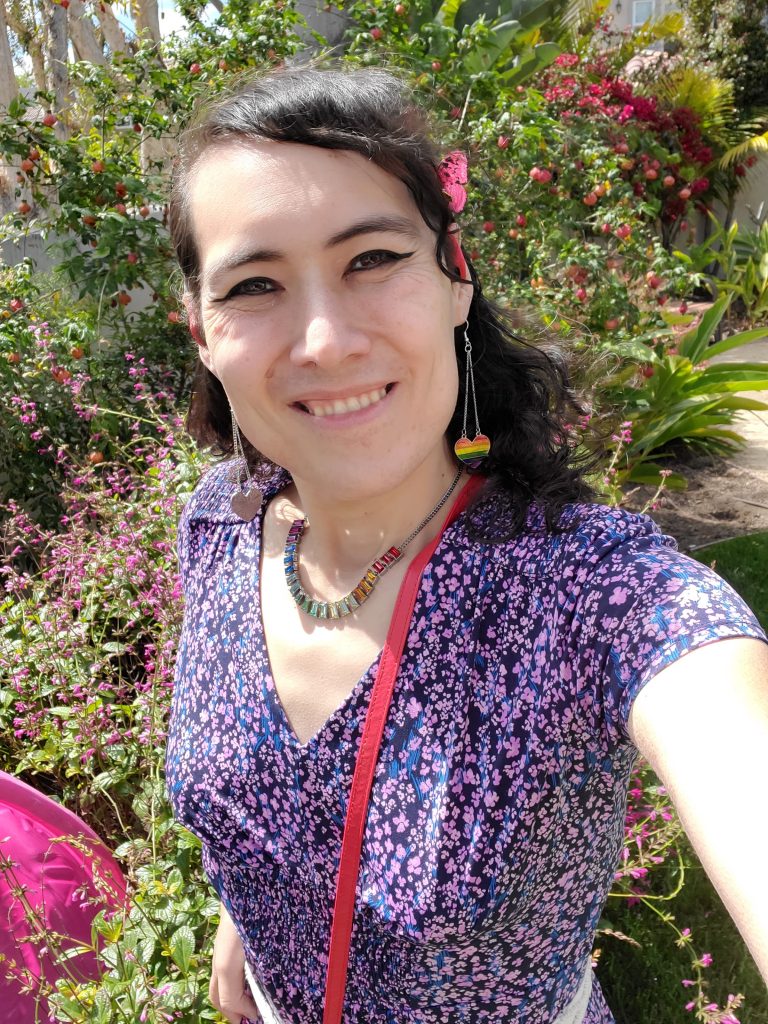
“To be honest, I haven’t had too much luck working with codesigners. I’m not sure if it’s because I need to work on my social skills, or if it’s related to my neurodivergence, but I find my design process to be very chaotic and unstructured, things that have historically been difficult to organize and collaborate with.
I feel like my ideal form of codesigning might look more like working on your own personal intimate design in shared space with designers with similar philosophies to you. Not necessarily a physical space, but just where it is socially easy and even expected to bounce your issues off of each other and chime in with your perspectives and experiences with the issue, and then in the same vein celebrate your successes together! I have control issues.” – Xoe Allred, @XoeAllred
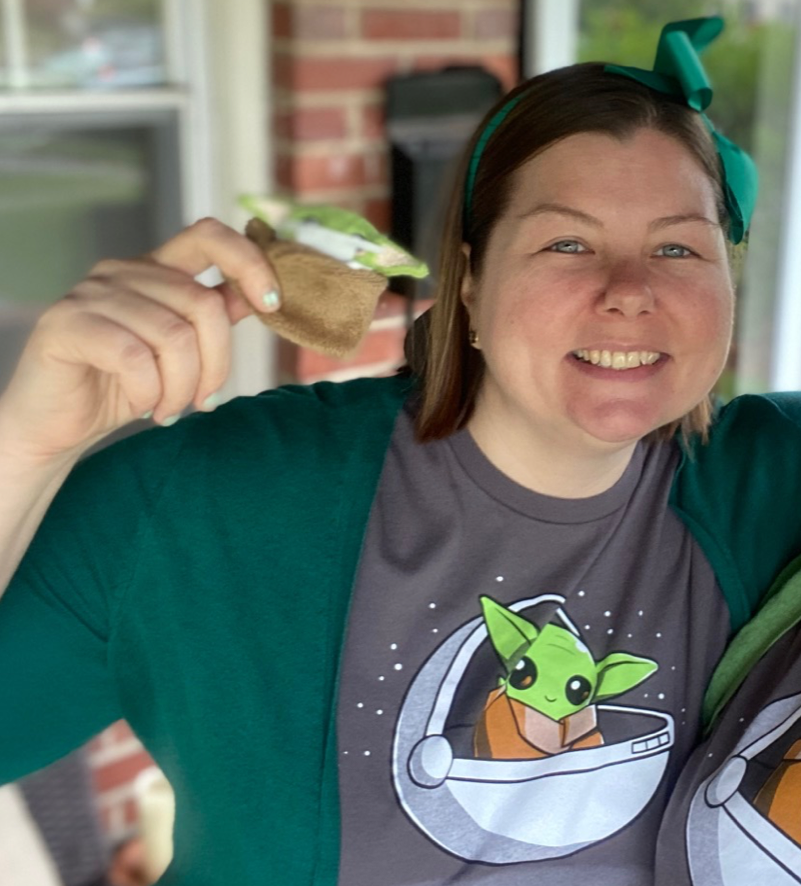
“I’ve typically worked with the same codesigners. However, I think that if you meet another designer who is consistently hitting your buttons in theme or design it’s a good match. Bonus if you are friendly with them, but not necessary.” – Heather O’Neill, @catphysicist
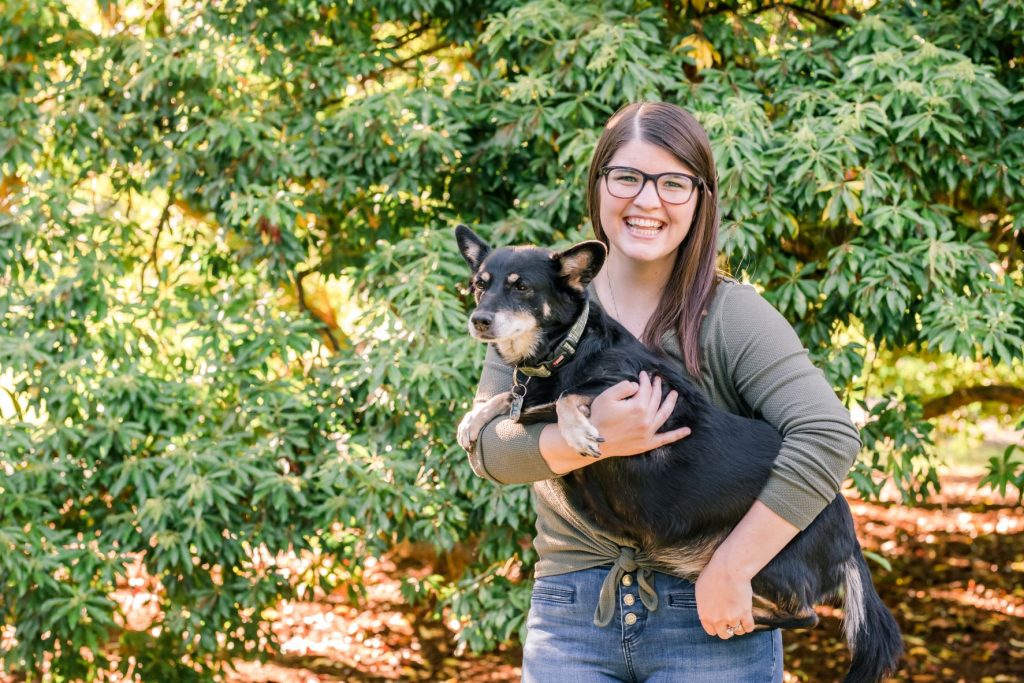
“Take advantage of networking opportunities and become an active member of a playtesting community (or multiple!). You’ll get to meet so many people and discover who might have a design style that you’d enjoy collaborating with and learning from.
Casual game jams are also an awesome way to meet other designers and potentially work together in a low-stakes setting.” – Courtney Shernan, @CourtneyShernan
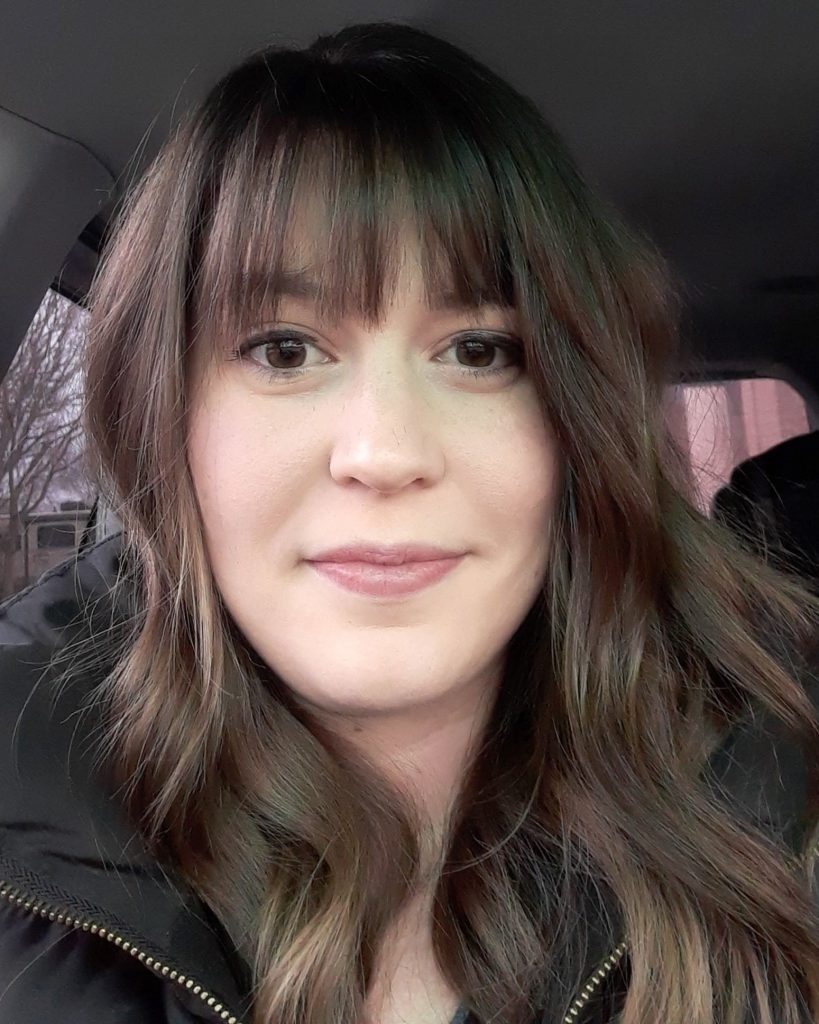
“
- Find someone fun that you communicate well with.
Finding a co-designer was easy for me. I married a game designer and then I became a designer a few years later. We were already partners in life, so designing together happened naturally.
- Divide the work in a balanced, manageable way for where your lives are at the time.
We each have our favorite aspects of the design process. I enjoy brainstorming, making changes post feedback, and rule writing. My husband enjoys developing mechanisms that further theme and creating prototypes at each stage of development. Depending on where we are in life, we can’t always focus on our strong suits, and may need to carry each other.
- Design in a way that harnesses each other’s strengths.
We each have different strengths and weaknesses, which makes us a good team. He has more design experience and more knowledge of design theory. I have the gut that says pull back here or lean in there. He’s the mind and I’m the heart. Compromise and growth, which are often the result of our differences, only make us a stronger team.
- Be open and honest with how you feel.
When diving into new designs, we each have our own ideas and preferred vision for the game, all of which may or may not mesh. We often have many different, and sometimes opposing, thoughts and feelings after playtests. It has been vital that we keep each other in the loop on how we feel at every step of the design process and work through it together.” – Corinne Yeager, @CoffeeLghtWght
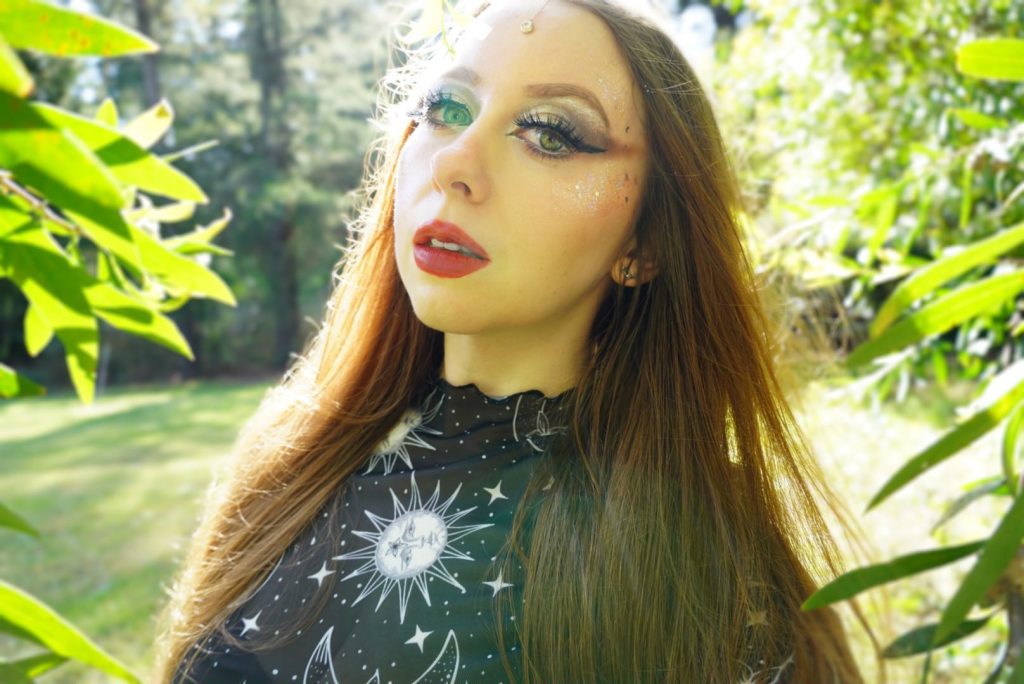
“My best collaborative relationships have always come from those who I have an established friendship with. I feel much more comfortable and free to be experimental when I already have trust and rapport with someone.
That said, there are also pitfalls when you start entangling design work and friendship. There needs to be a mutual understanding that any critiques or disagreements are solely related to the game, and not an indictment on the other person. Keep the lines of communication open and talk early about which communication styles work the best for you and how you prefer to receive feedback. ” – Brenna Noonen, @brennanoonan

“Angel, my fiancée, touches practically every game I make. Generally, I make the game myself, but she often has input or produces the idea herself. In playtests, she’s remarkable at suggesting fixes and ideas I wouldn’t have with her slightly outside view (because I create the prototype). She’s actually saved many games with her ideas, and she even invents strategies I never imagined!
But it’s vital to remember that if you go into a game with a purpose, remain true to it. If I’m making a game about exploring gender or want a game that plays quickly, and suggestions move away from that, they’ll potentially kill the original goal. Sometimes that’s fine! But sometimes another solution works just as well and preserves the heart of a game.
Meanwhile, Munch (Lucky Newt Games) and I send games back and forth when we need input. Since she’s also a designer, she has some great insight into phrasing, layout, etc.
As for finding codesigners? Reach out to people you wanna work with! ‘Hey, I like your games and I’d love to work with you’ might be all it takes. But more effort pays off: ‘Hey, I loved your game about opera-singing fish and I’ve always wanted to work with you, and I have an idea about canine archaeologists, but I’d be just as happy coming up with a new idea or we can work on one of yours! My specialty is silly games that sneakily make a point.’ Just remember to have fun!” – Beth Jackson, @bethmakesgames

“I got it easy since my codesigner is my husband, so getting together for a design meeting or playtesting can be very easy. But for those who don’t have a spouse or other family member within easy reach and interested in game design, I recommend finding someone whom you can easily communicate with and playtest with.
For some, this will mean in-person, which can be difficult right now with the pandemic. For others, this means online venues like Zoom and Tabletop Simulator or Tabletopia. Also, you need to be compatible, but also able to challenge each other. If you think too alike, you may not be able to see flaws in your designs. However, too much contrariness will mean you don’t make progress on the designs. It also helps to set roles and expectations for each design you work on. Who has the final say and on which aspects? Who’s responsible for which parts. Not establishing these ahead of time will create a lot of conflict when a problem arises.” – Sarah Reed, @EuroGamerGirl
Did you enjoy this entry? Which designers would you want to hear from next? Please let me know! I’d love to hear what you think and what kind of things you’d like to see from this blog. Feel free to send me an email or comment with your thoughts!
Don’t forget to sign up for my mailing list, so you don’t miss a post: https://tinyletter.com/carlakopp